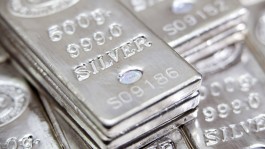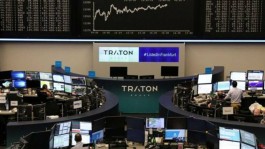The yellow metal, despite its rise on Friday, failed to maintain its weekly gains, which continued for three consecutive weeks.
Prices received support in the last sessions of last week, with the decline of the dollar and US Treasury bond yields after the disappointing US jobs report, which reinforced speculation that the Federal Reserve was close to the end of the series of raising interest rates.
Weekly performance
The price of gold in spot transactions rose at the end of the Friday session, by 0.35 percent to $1,992.65 per ounce, within movements in a narrow range, and had touched its highest level in the session at $2,003.69 per ounce after the jobs report, which showed job growth in the United States slowing more than expected. In October, while wage inflation slowed, indicating a deterioration in labor market conditions.
The data showed that companies added 150,000 jobs in October, lower than economists' expectations of 180,000 jobs.
The data may reinforce the view that the US Federal Reserve does not need to raise interest rates further.
Gold suffered its first weekly loss of about 0.68 percent, ending a series of gains that lasted 3 consecutive weeks, with escalating tension in the Middle East region.
If the labor market starts to deteriorate, the Fed won't be able to continue the hawkish path, said Philip Strebel, chief market strategist at Blue Line Futures in Chicago. The data reinforces the idea that the Fed is pausing, which is helping gold.
Higher interest rates increase the opportunity cost of holding zero-yielding bullion.
What increased gold's brilliance was that the dollar index fell by 1 percent, and 10-year US Treasury bond yields fell to their lowest levels in more than a month after the jobs data.
Traders now expect a 95 percent probability that the US central bank will keep interest rates unchanged in December compared to 80 percent before the data release, according to the CME FedWatch tool.
“The $2,000 level represents a significant psychological barrier (for gold) and indications are that it may be difficult to cross at the present time,” Craig Erlam, chief market analyst at Onda, said in a note.
Investors are also monitoring escalation developments in the Middle East. Gold rose more than 7 percent in October due to increased demand for safe havens.









































